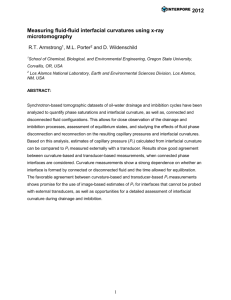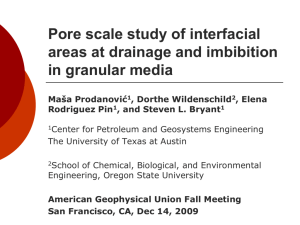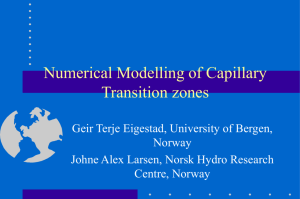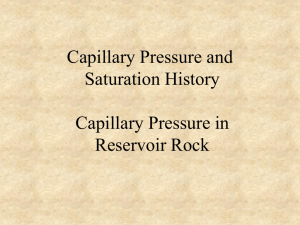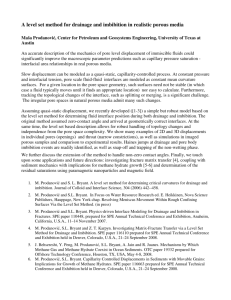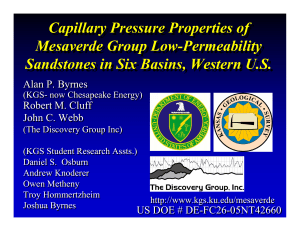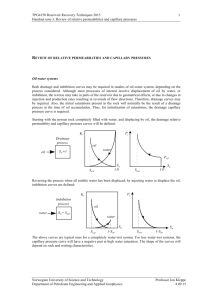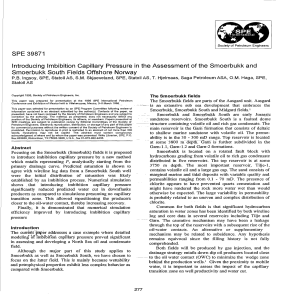instructions to prepare a paper for the european congress on
advertisement
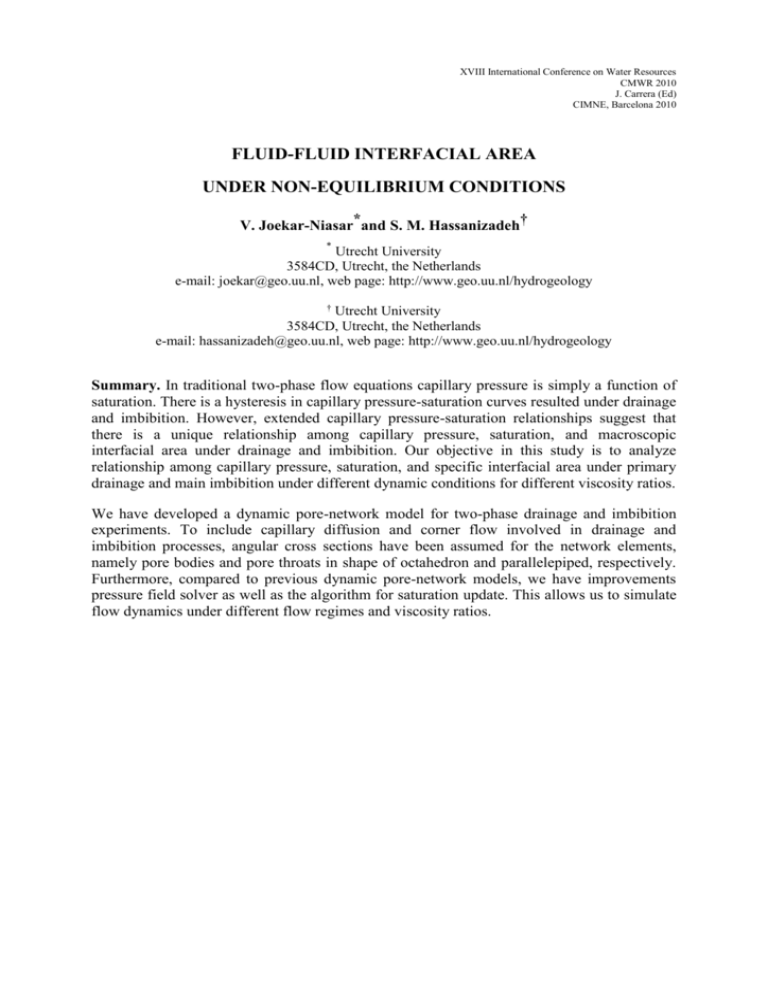
XVIII International Conference on Water Resources CMWR 2010 J. Carrera (Ed) CIMNE, Barcelona 2010 FLUID-FLUID INTERFACIAL AREA UNDER NON-EQUILIBRIUM CONDITIONS V. Joekar-Niasar*and S. M. Hassanizadeh† * Utrecht University 3584CD, Utrecht, the Netherlands e-mail: joekar@geo.uu.nl, web page: http://www.geo.uu.nl/hydrogeology † Utrecht University 3584CD, Utrecht, the Netherlands e-mail: hassanizadeh@geo.uu.nl, web page: http://www.geo.uu.nl/hydrogeology Summary. In traditional two-phase flow equations capillary pressure is simply a function of saturation. There is a hysteresis in capillary pressure-saturation curves resulted under drainage and imbibition. However, extended capillary pressure-saturation relationships suggest that there is a unique relationship among capillary pressure, saturation, and macroscopic interfacial area under drainage and imbibition. Our objective in this study is to analyze relationship among capillary pressure, saturation, and specific interfacial area under primary drainage and main imbibition under different dynamic conditions for different viscosity ratios. We have developed a dynamic pore-network model for two-phase drainage and imbibition experiments. To include capillary diffusion and corner flow involved in drainage and imbibition processes, angular cross sections have been assumed for the network elements, namely pore bodies and pore throats in shape of octahedron and parallelepiped, respectively. Furthermore, compared to previous dynamic pore-network models, we have improvements pressure field solver as well as the algorithm for saturation update. This allows us to simulate flow dynamics under different flow regimes and viscosity ratios.
